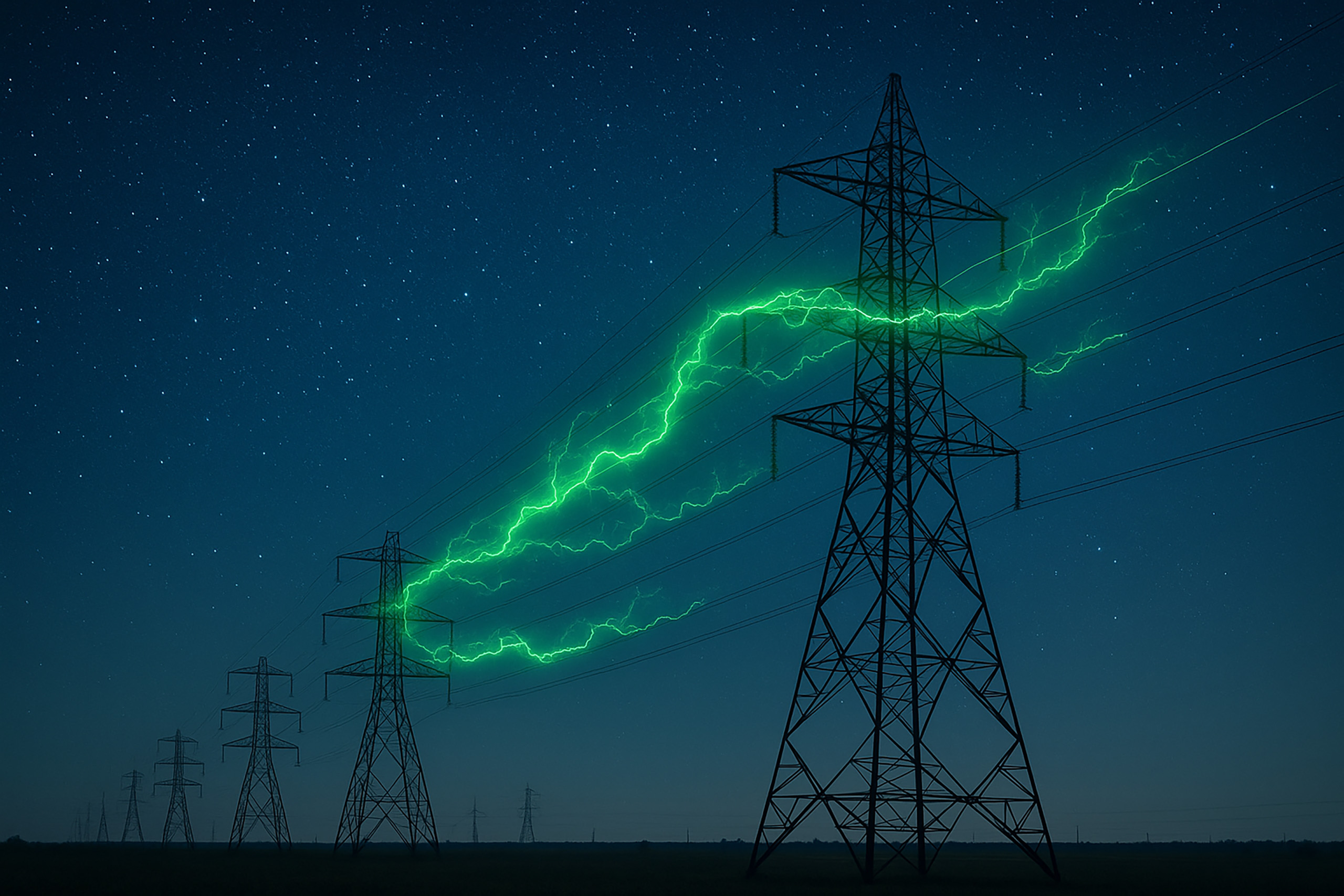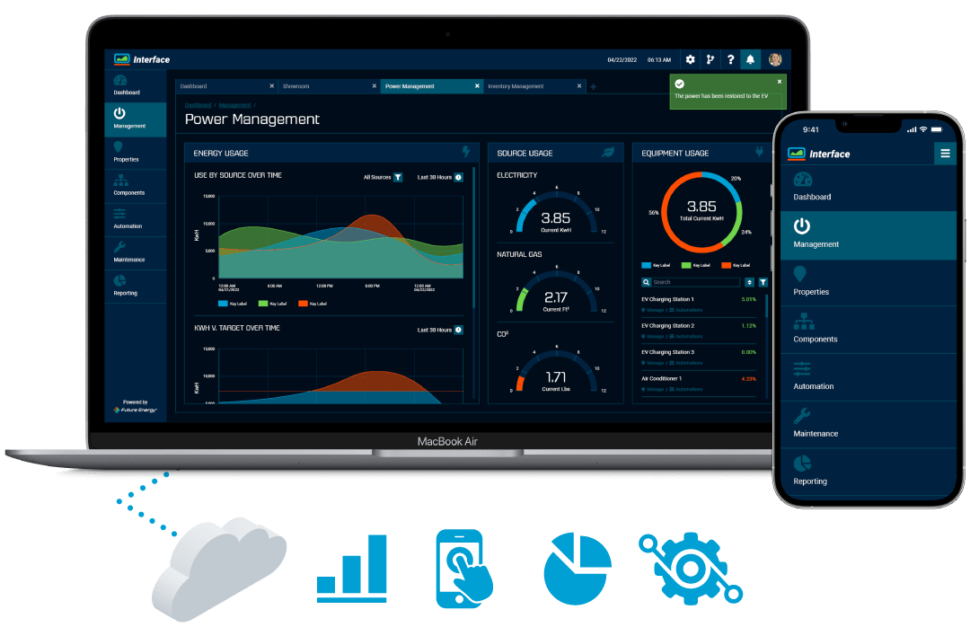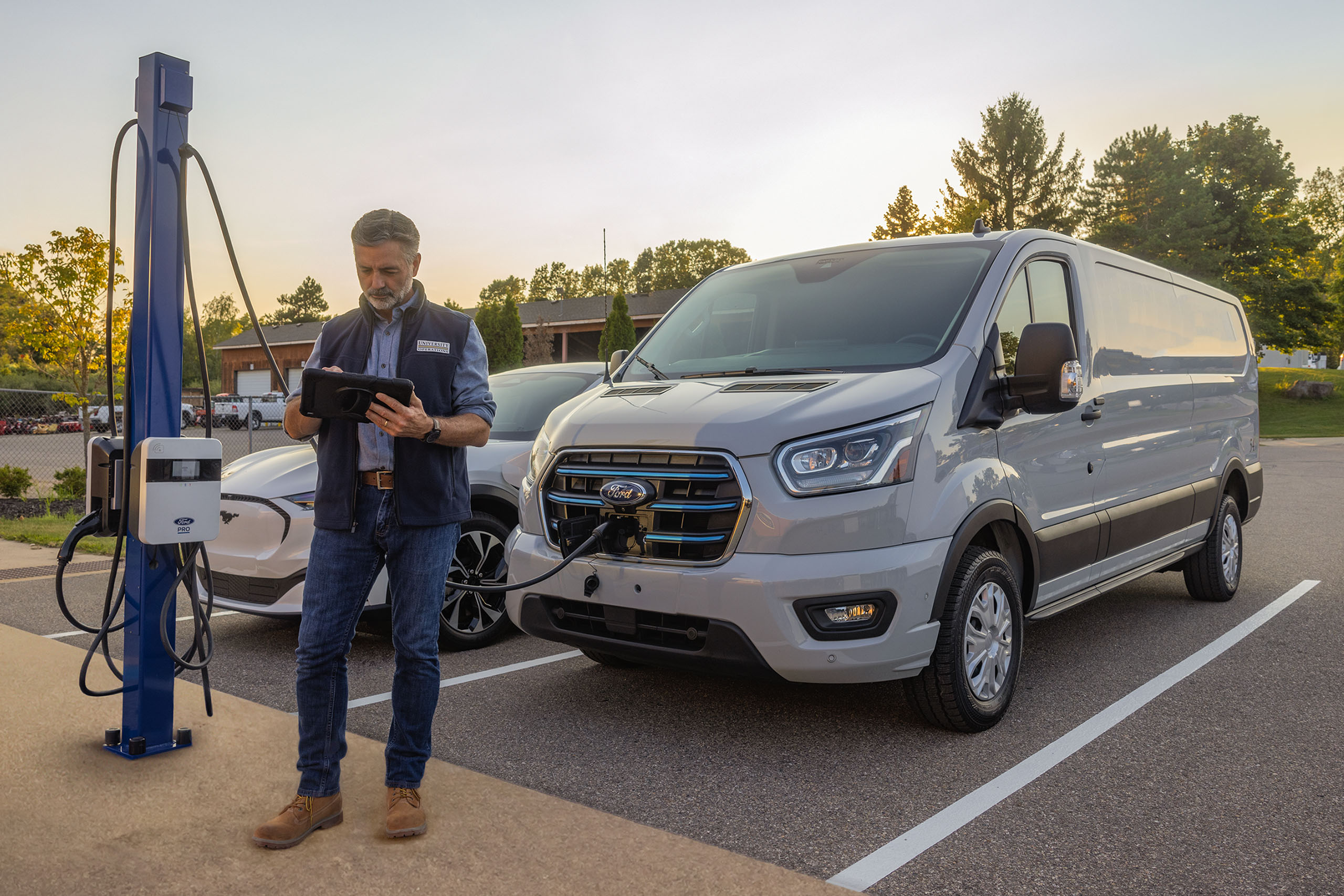

There’s been a national push to develop EV charging infrastructure. The Inflation Reduction Act of 2022 has helped entities take advantage of tax credits related to the installation of electric vehicle chargers. In November 2021, the Infrastructure Investment and Jobs Act set aside $7.5 billion for EV charging.
Future Energy specializes in helping companies wade through the nuances surrounding EV charger installation. We help align your stakeholders in understanding how the installation of EV chargers can integrate into your business plan and promote your brand. In turn, consumers continue to embrace electrification as they see how businesses are driving EV adoption through innovation.
What Are Common Misunderstandings about EV Chargers?
In a recent Consumer Reports survey, 61% of respondents indicated “charging logistics” as the top barrier to purchasing an EV. EV drivers are looking outside the home for places to charge, creating an opportunity for businesses.
“There’s No Urgency to Address EV Charging”
As the American philosopher Norman O. Brown once said, “The view only changes for the lead dog.” In the world of electrification, that means the time is now for your business to take the lead in providing EV charging.
If you’re among the first, you build brand loyalty among consumers regarding where they choose to find electric vehicle charging.
Other practical reasons to think about EV charger installation now:
- Limited electrical infrastructure. Future Energy estimates there could be up to a two-year wait to upgrade the electrical infrastructure required for certain types of EV charger installation. Beginning the process now gets you to the front of the line.
- Finite funds. The government has designated large pools of money to help offset costs for businesses to install EV chargers. But these tax write-offs, grants, and incentives expire. Funds become exhausted.
- Unstable supply chain. Supply chain shortages can further delay your plans to incorporate EV charging stations into your business. Preparing now gets you ahead of demand and gives you more time to adjust to unexpected delays.
“EV Chargers Are Just Like Gas Pumps”
Gas retailers calculate profits by “buying gas for X and selling it for Y.”
However, EV chargers don’t work that way. It may seem like easy profit to sell electricity for 25 cents per kilowatt hour when you purchase it for 10 cents. But this formula fails to account for how EV chargers will affect peak demand.
Peak demand is a measure of your highest electrical use over a specific period, usually a 15-minute increment. It’s how the utility sets your rates for the entire year.
Without proper safeguards, consumer use of your EV chargers can bump up your electricity rates to the point where you are actually losing money.
“I Don’t Need a Networked Charger”
To help monitor power use, it’s vital that EV chargers connect to a network. Future Energy’s Interface solution integrates EV chargers with all the electrical systems on your property, measuring electrical use in real-time. Interface helps ensure that your business stays under peak demand, so you don’t have an unwelcome surprise when you get your electric bill.

Plus, networked EV chargers connect to online resources that make them visible to the consumers you are trying to attract. EV drivers looking to book a hotel, eat at a restaurant, or shop for groceries are more likely to choose an establishment that offers EV charging.
“My Business Benefits Automatically from EV Charger Installation”
Electrification involves a lot more than just plugging in a piece of EV charging hardware.
Future Energy has subject matter experts in a wide range of industries who help show our clients how to innovate through electrification. Instead of lagging behind, you can create a buzz around your brand as you remain relevant to the current climate of emphasis on sustainability.
How Viable Is a Public-Facing Charger?
A key factor in the viability of EV chargers for your business is where you are located.
Pro Forma Profits
Future Energy can obtain reports for any address in the United States to determine what pro forma profits would look like for that site. In other words, it’s possible to estimate hypothetical profits from EV charger installation.
Average Daily Traffic
The Federal Highway Administration collects data from each state to analyze average daily traffic (ADT) for a precise location. A business with ADT above 14,000 vehicles per day demonstrates a solid foundation to succeed with EV charger installation.
Other Factors to EV Viability
As part of our evaluation process to help clients, Future Energy uses a database that contains 78 variables to assess the viability of EV charger installation. The data points include:
- ADT
- Location of nearest public EV charging stations
- Price of competing EV charging stations
- Frequency of use of EV charging in the area
- Prediction of future EV sales
How Can My Business Coordinate Stakeholders to Capitalize on EV Charging?
Recently, Future Energy met with the chief operating officer of a Pennsylvania business that owns and operates commercial real estate. The business has been in operation for 75 years. The COO called Future Energy because he knew the business would have to adapt to electrification or become irrelevant.
How Do I Begin Future Proofing My Business?
Working with thousands of businesses, Future Energy analyzes how EV charging stations fit with your company’s business goals in a customized EV impact study™.
For example, retail owners must consider different power feeds coming into a shopping plaza, with various leased buildings, and align dozens of decision makers.
Property managers deal with the complexity of multifamily dwellings and competing needs for EV chargers. Car dealerships typically own their real estate and the power feed with a simplified decision tree.
Who Are the Relevant Stakeholders?
To support the increase in EVs, the US will need 2.4 million public and workplace chargers by 2030, according to the International Council on Clean Transportation (ICCT).
The ICCT’s report, “Charging Up America,” also explains how interested stakeholders can share charging infrastructure costs, taking the burden off your business. These stakeholders include electric utilities, private charging companies, automakers, property owners, and the government.
How Does My Business Obtain Financial Incentives?
The Biden administration is driving EV adoption through the creation of aggressive financial incentives for businesses that can cover up to 100% of the cost of EV charger installation. Future Energy helps our clients identify and obtain tax and other incentives for EV charger installation through our Financial Incentive National Database (FIND) tool.
How Do I Build a Strategy for EV Charging Solutions?
As the Lewis Carroll quote goes, “If you don’t know where you’re going, any road will get you there.” That’s why Future Energy works with our clients to develop short-, mid-, and long-term goals for EV charging.
Contact Future Energy today to find out more on how businesses are driving EV adoption through innovation.



